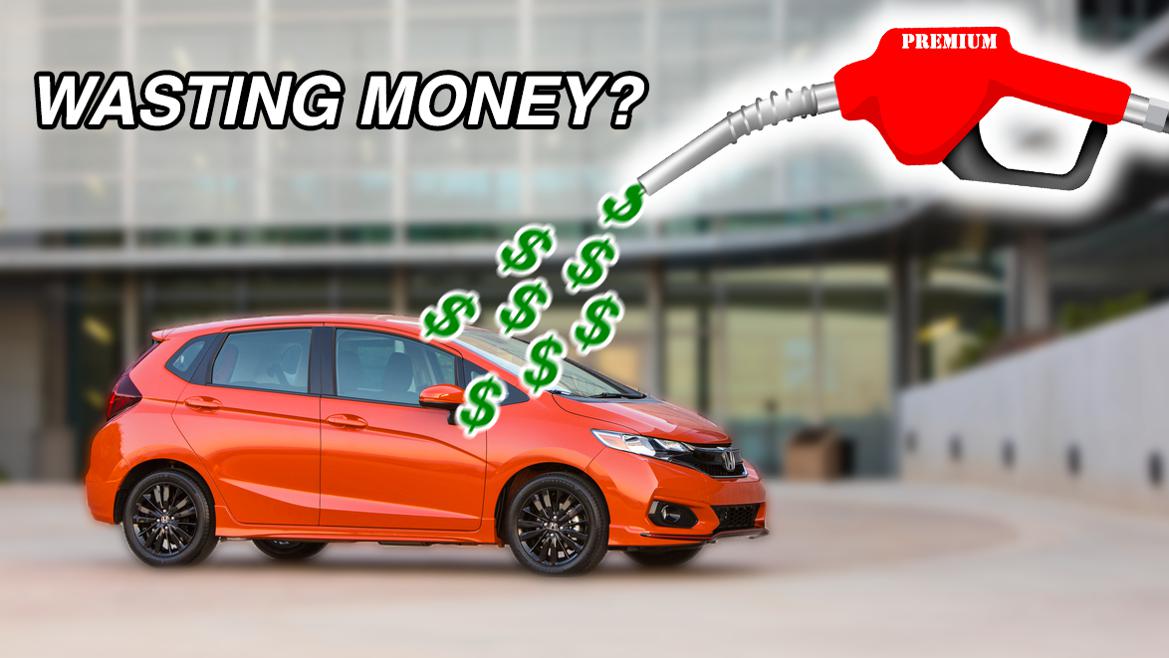I had a Nissan Maxima, the last of the front engine-rear drive models, and it always ran stronger on premium. It didn't knock on regular either.
I owned an auto repair shop in NW Indiana from 1981 thru 2006. Looking back it was the worst time to start an automotive repair business with ALL the changes going on with cars at the time.
Complex emission control systems, Computers, ABS brakes, Digital dashes, RWD to FWD, distributors losing out to coil packs, several carburetor modifications then fuel injection in several different forms, the list goes on. More changes in the decade of the 80's than the prior 50 years!
We "fixed" quite a lot of drivability problems just by having our customer "switch" to Premium Grade Fuel (mostly Amoco back then). Most problems we saw were carbon buildup over time affecting fuel injectors & some valve sealing issues. Usually around 60-80,000 miles. Like smoking cigarettes, you don't get lung problems until a later on. The Premium Grade fuels, like the article states, are a "better" grade (NOT just higher Octane) with a better detergent package and being more stable.
We were able to track this very accurately over time as our customer base was very solid with some being 2 or 3 generations of drivers. We could have easily made more money doing repairs but if the "switch" solved the problem (hard starting, rough idle, hesitation, etc) The customer was happy & told their friends about us which made us both happy in the long run...
In reply to Carman944 :
Is it still true today that higher octane fuels get better detergents? Have you noticed a difference over say... the last 20 years compared to the previous 20?
Honda recommends premium for the G1 Ridgeline when towing over 3500 pounds.
A post on the Ridgeline forums by Gary Flint, an engineer on the Ridgeline, states that peak HP goes from 247 to 258 when switching from regular to premium. Peak torque goes from 32.4 kg-m to 34 kg-m with the same switch. He also states that an increase in fuel economy is often but not always noticed due to how the transmission responded to the extra torque. The fuel economy is more noticeable in high-load situations, lower temps, and climbing grades.
I run regular 99% of the time with the occasional tank of premium.
MrFancypants said:
In reply to Carman944 :
Is it still true today that higher octane fuels get better detergents? Have you noticed a difference over say... the last 20 years compared to the previous 20?
It's not what it used to be- as fuel now has to have specific detergent packages in them for all fuels. Part of having SULEV30 cars last for 150k miles. If companies have higher in premium, it's a lot less of a difference compared when I was interning with Chevron back in '89.
jerel77494 said:
I had a Nissan Maxima, the last of the front engine-rear drive models, and it always ran stronger on premium. It didn't knock on regular either.
Am I missing something?
When did Maxima's become rear drive?
z31maniac said:
jerel77494 said:
I had a Nissan Maxima, the last of the front engine-rear drive models, and it always ran stronger on premium. It didn't knock on regular either.
Am I missing something?
When did Maximas STOP BEING rear drive?
Fixed that for you. (And pretty sure the answer is 1985, the year after we started the magazine.)
Margie
I can say even at 18mpg and a tune, 91-93 premium I feel has made my Avalanche less failure prone. Knock on wood, troublefree for the 170k miles I've used premium...
ShawnG
UltimaDork
11/23/21 2:57 p.m.
In Canada, most of the stuff that isn't premium has 10% ethanol in it and we've found that the fuel goes stale much faster with ethanol.
In reply to ShawnG :
Even the premium down here has 5-10% E. Hate it. The Rio is the first car I've had that under the right conditions Premium fuel helps. I'll run about every 3rd tank of premium. Holds 10 gal, usually fill with about 6-ish so it's probabl closer to 89 octane average than 87.

































